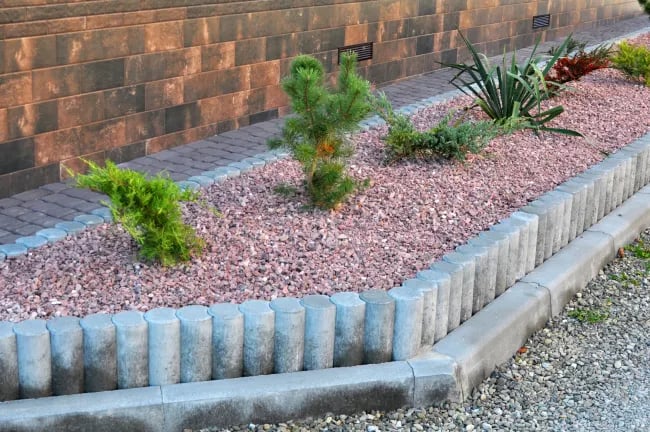Understanding your soil is the first step to successful growing — it is an indisputable fact that productive crops and plant growth depend on healthy, balanced soil. If your plants have weak roots or are not thriving like they should, reach out to soil experts (like the team here at Minick) who can evaluate your soil to determine what the issues are, so you can seek out the appropriate soil solutions.
Common Challenges and Solutions for Your Soil
To take a proactive approach to plant care and soil maintenance, you first need to know what warning signs to look out for. Identifying and addressing problems associated with soil can be especially difficult when there are multiple factors at play.
Fortunately, once you know what you’re dealing with, there are a variety of organic soil solutions that you can take advantage of to improve soil fertility and plant productivity. Let’s go over some common challenges you may need to address with your soil and some science-based plant and soil health solutions.
Soil Compaction
Soil is considered to be alive, mainly because it contains a wealth of living organisms: from microscopic life such as bacteria and fungi to larger insects, earthworms, and even mammals like gophers and moles. Soil biology is a relatively new branch of science, and the complex relationships among the many elements in soil are still being discovered and understood.
Soil porosity refers to the size and number of the pore spaces between the solid particles and organic matter which compose the soil. These pores allow the flow of air and water, crucial for many chemical and biological processes, as well as for the movement of nutrients and the adequate growth of roots.
There are several reasons why soil particles can become compacted, as well as various types of compaction: superficial, in the subsoil, and more. Learning best practices to resolve and prevent soil compaction can significantly improve your ability to protect plant and soil health.
Contaminated Soil
Soil and water contamination is a very real problem that can affect the health of plants, animals, and humans. Fortunately, there are many ways to deal with contamination, and with a bioremediation program, living soil solutions can provide a more sustainable way to repair your soil after harmful contamination. Over the years, bioremediation programs have become increasingly effective, which makes it an even more valuable solution to contaminated soil.
Soil Erosion
Climate change has increased rains in many parts of the world, and with heavy rainfall comes erosion – running water washes away the rich topsoil that contains the organic materials that provide nutrition to crops. Farmers and scientists have been seeking ways to decrease and prevent erosion, developing promising new solutions to this long-standing threat to soil health.
Dust Control & Soil Stabilization
Soil stabilization is generally understood to be the alteration of soil to improve its structure and resistance for building purposes. If your soils have no structure, and dust clouds are flying everywhere, we can help you restore some stability and improve the performance of your soil. There are a variety of soil stabilization methods that you can use to improve the structural integrity of your soil, and it’s important to learn which ones are right for your project
Soil Quality & Degradation
Another common issue you may face with your soil is soil degradation. This is an umbrella term that encompasses all the many ways in which soil can lose its balance and quality: erosion, lack of structure, various imbalances that result in poor crop development. Soil degradation is closely linked to changes in the environment, and both present a real risk to food safety and agricultural endeavors.
To be successful, landscapers, gardeners, and farmers all need to understand why soil quality matters — and what soil degradation solutions they have at their disposal.
Soil With High Sodium
Evaporation, fertilizers, and other factors may lead to an accumulation of salts and sodium in the soil. This makes the soil more compact and less soluble, making it harder for plants to absorb nutrients. High sodium is just one of several chemicals which turn the soil alkaline, and while there are crops that thrive in alkaline soils — such as asparagus, broccoli, and cabbage — you should periodically measure your soil’s pH and make sure it is within the ideal range for whatever you are growing.
Soil with High Acidity
Organic activity tends to turn soils acidic over time, so after a few years you may find your soils to be more acidic than you expected — or wanted — them to be. Acidic soils, also called “sour soils”, are commonly amended with lime to increase their pH, however, this is a slow fix that does not work overnight. If you’re having a hard time amending acidic soils, remember the old saying “if you can’t beat them, join them”: acidic soils are ideal for most types of berries, potatoes, and tomatoes, as well as hydrangeas, azaleas, and rhododendrons.
Soil Is Too Dry
When the soil has been too dry for a long period of time, it loses the organic matter that retains moisture and becomes “dry soil” — a soil so depleted that it will not hold water even if you douse it. The best way to fix this is with an application of good compost and mulch, but also consider studying how it got so dry in the first place, and applying mulch or taking other measures to prevent it in the future.
Soil is Too Wet
Chronically wet soil can be due to poor drainage or to the layout of your land and the underground waters beneath it. Water is good for most plants, of course, but wet soil is compacted and leaves no room for air. Roots need oxygen, and many plants hate having “wet feet,” since it increases their risk of root rot and fungal infections.
Depending on the reasons for your wet soil, the solution can be as easy as mixing in sand and organic matter, or as involved as building raised beds. Do not despair: there are many types of plants that thrive in wet soils, like cranberries, persimmons, and taro.
The Best Soils
Sometimes your project is such that you don’t necessarily have to amend existing soil because you are starting your garden in containers or on top of concrete. Let’s talk about which soils are best for various frequent uses.
Soil for Bioremediation
When soil gets contaminated, the microorganisms that live in it do their best to clean it up and restore balance. You can assist them in their job by giving them the best possible conditions for bioremediation of contaminated soil, through strategies such as increasing aeration, adding organic matter, and adjusting the pH.
The environment is tightly interconnected: air, water, soil, and plant life all respond to one another and to the influence of human industry and activity. Make sure you are doing your part to farm sustainably using living soil solutions, such as bioremediation.
Soil for Cannabis
Cannabis is a booming industry in states where it is legal. If you live in one of those states, and you’re interested in growing cannabis for commercial or personal use, keep in mind that cannabis plants like rich, well-aerated soil. Sand, perlite, and vermiculite are your friends to ensure your soil drains and breathes well. Cannabis plants have different nutritional needs depending on the strain and the various stages of their development; read our blog to learn about what kind of soil and compost to apply to grow bountiful cannabis plants.
Soils for Container Plants
Not everyone has acres to farm, or even a sizable backyard, but that does not stop them from growing beautiful leafy plants, flowers, and even vegetables. Container gardening is more than a trend – it is a savvy and environmentally friendly way to make your home beautiful, increase your air quality and even eat healthier food grown by you and your family. If container gardening appeals to you, you’ll need lightweight soil and potting mixes to properly take advantage of the benefits of this innovative gardening approach.
Soil for Green Roofs
Green roofs are an exciting architectural approach to reducing the carbon footprint of buildings, and they are gorgeous to look at too! The soil for a green roof must meet certain specific characteristics in terms of weight, drainage, and aeration, and we have been studying it to be able to provide the best soils for green roofs and whatever architects come up with next. We love a challenge!
And green roof gardening works well with another environmentally friendly gardening resource –– compost. Not only can using compost-based soil further reduce your carbon footprint, it can perfectly complement and improve existing soil mixtures. But you have to know when and how to use compost effectively.
Soil for Urban Areas
Urban development usually seeks a visual and environmental balance, with green areas alongside roads and buildings to provide shade, clean the air and beautify the landscape. However, the weight of roads and buildings can compress the soil so that trees cannot properly grow roots underneath, which leads to cracked sidewalks or dying trees, both of them damages that are expensive to repair. This is why structural soil was developed.
Structural soil is an especially engineered soil that has the structure and strength to support roads and sidewalks while remaining porous enough to encourage root growth, and Minick is a licensed distributor. If you’re planting and landscaping near paved surfaces, structural soil can solve many of your development and maintenance woes.
Talk to a Soil Expert
Minick has been in business for over 50 years, bringing the best materials to customers all over the country. From residential and commercial to landscaping, construction, or lawn care company projects, whatever the scale of your work, we have customer service experts ready to answer your questions and help you find solutions. Contact us and experience the service from our friendly, knowledgeable staff.

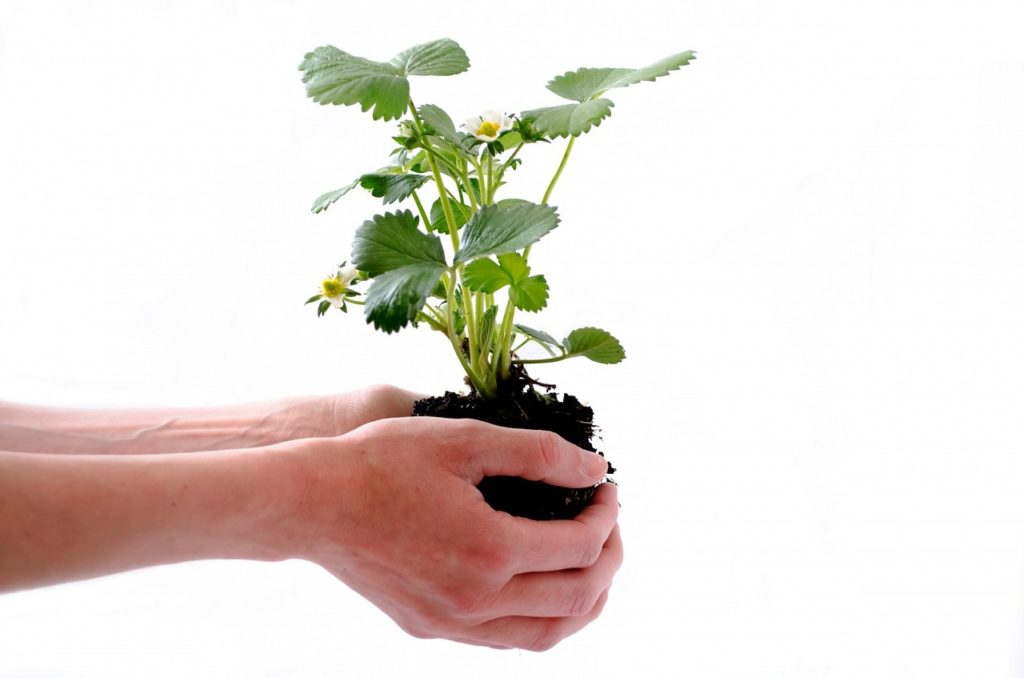



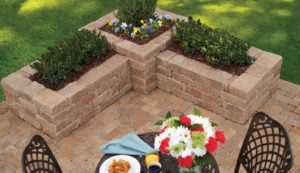
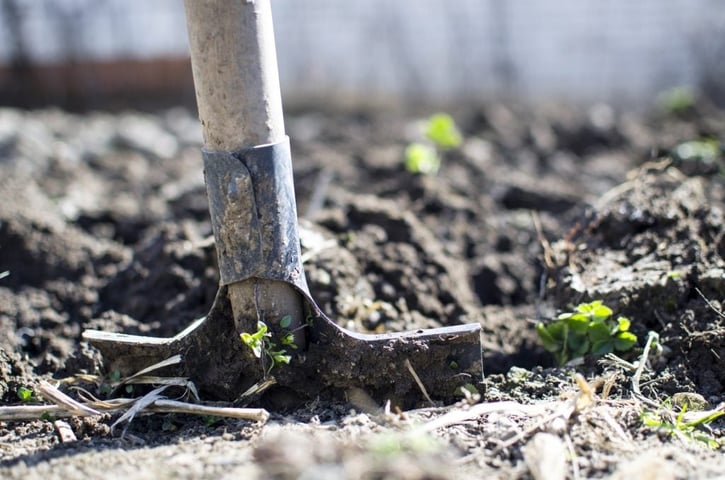
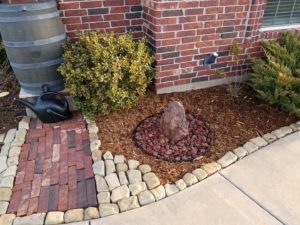
![All About Soil Compaction: Causes, Challenges & Solutions [A Guide]](https://4445234.fs1.hubspotusercontent-na1.net/hub/4445234/hubfs/Imported_Blog_Media/plants-2411458_1920-1024x683.jpg?width=725&name=plants-2411458_1920-1024x683.jpg)
